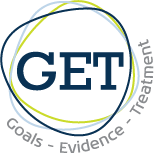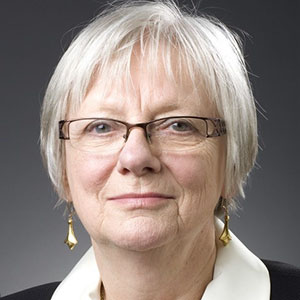
Prof. Birte Melsen
Denmark
The future of orthodontics, looking at the last 30 years.
Professor Melsen has authored more than 400 publications in the fields of growth and development based on research of human autopsy material, bone biology and clinical implant studies. The inspiration she ows to many colleagues, among others A.Bjørk, M. Moss, H. Frost, C. Burstone. In recent years her professional interests have focused primarily on the fields of Skeletal Anchorage, Virtual Imaging and Adult Orthodontic Treatment.
Professor Emeritus Birte Melsen was born in Aabenraa, Denmark 9th of June 1939. She did not want to become a dentist, but her stephfather encouraged her to choose dentistry instead of mathematics which had been her preference. During her dental studies she met E.Harvold who inspired her to go for orthodontics. She became professor and Head of Department of orthodontics at the university of Aarhus Denmark i 1975. She retired from this position 2012 and is now affiliated with the University of West Australia Perth, NYU NewYork and the university of Hannover Germany with the title of visiting Professor. Since 1986, she has been working part-time in a private practice in Lübeck, Germany (limited to adult orthodontics).
Professor Melsen has authored more than 400 publications in the fields of growth and development based on research of human autopsy material, bone biology and clinical implant studies. The inspiration she ows to many colleagues, among others A.Bjørk, M. Moss, H. Frost, C. Burstone. In recent years her professional interests have focused primarily on the fields of Skeletal Anchorage, Virtual Imaging and Adult Orthodontic Treatment.
In 2000 she received the Knighthood of Dannebrog 1st degree
Education and positions:
1964 – Examination for the dental degree (first class), Royal Dental College (now: School of Dentistry), Aarhus, Denmark.
1971 – Jus Practicandi as dentist (authorization to practice as dentist)
1971 – Specialization in Orthodontics
1971 – Acting Head, Department of Orthodontics, Royal Dental College, Aarhus, Denmark.
1972-75 – Associate Professor, Department of Orthodontics, Royal Dental College, Aarhus, Denmark.
1974 – The Doctoral Degree in Dentistry, Royal Dental College, Aarhus, Denmark.
1975-2012 – Professor and Head, Department of Orthodontics, Aarhus University, Aarhus,Denmark
1990-92 – Visiting Professor, Universita degli Studi Di Napoli, Il Facolta Di Medina E Chirugia, Scuola Di Specializzazione in Ortognatodonzia, Naples, Italy
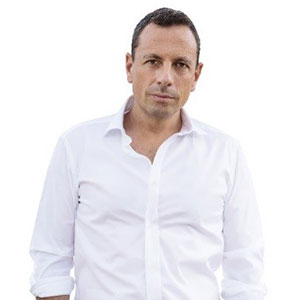
Dr. Stefano Troiani
Switzerland
Orthognatic Surgery: is it still relevant in 2020?
In the last few years, many interest has been focused (and fame and fortune made) on methods for achieving extreme dentoalveolar compensation in order to avoid orthognathic surgery.
However, is it clear what is the cost/benefit analysis for both treatments?
Do we really know what are we trying to avoid at all cost?
Are these treatments always successful?
This lecture will try to give an answer to these question and to help clinician to take informed and objective decisions.
Stefano Troiani graduated at the University of Aarhus (DK) orthodontic program and received his MSc in Orthodontics in 2003.
He has maintained a private practice in Denmark since 2003 and in Germany since 2008.
He has worked as Clinical Assistant Professor at the Dept. of Orthodontics of the University of Aarhus from 2005 to 2007.
He has been the scientific director of the Alpe Adria Face Master held at the University of Graz, Ljubljana and Zagreb in 2012-2013.
He has been consultant orthodontist at the department of maxillo-facial surgery of the hospital of Sønderborg (Denmark) from 2008 to 2009.
He is consultant orthodontist at the department of maxillo-facial surgery of the university hospital of Odense (Denmark) from 2008 to present.
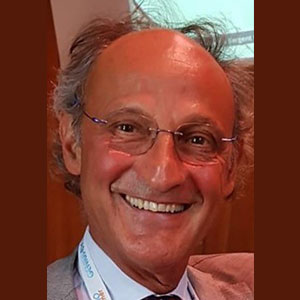
Dr. Raffaele Schiavoni
Italy
Diagnostic tools for orthodontics and TMJ: the current status
Updates in diagnostic tools for orthodontics and tmj
Orthodontist may find sometimes difficult to approach TMD patients. This is mostly due to the lack of uniform data regarding this problem which can be found in scientific literature. It appears however evident how research has been failing to find a way to measure the occlusal function: in a recent post on Kevin O´Brien blog, Lysle Johnston states that “much of the past century´s cephalometric research has provided useless answers to unasked questions”. This does not mean however that basic diagnostic tools such as orthopantomography and tele radiography have lost importance. For example, just recently some studies have showed a possible correlation between anterior disk displacement in growing patients and some patterns of facial growth. It seems indeed that we are just at the beginning of research. More advanced diagnostic tools such as CBCT and MRI have contributed to enhance our knowledge and nowadays are often essential. More recently, computerized occlusal analysis (T-Scan System) has open new horizons to the occlusal problems that the practitioner faces every day. This lecture will offer an overview on the diagnostic tools available to the clinician in treatment of TMD patients.
Degree in Medicine in 1973; majored in Dentistry and Dental Prosthesis in 1976; majored in Orthodontics in 1979.
Cultural advisor of S.I.D.O. in the period 1998/1999.
Vice-President of S.I.D.O. in the period 2002/2003.
Since 1982 visiting professor (Roma, L’Aquila, Perugia, Ferrara, Siena, Pisa).
Since June 1998 member of the ’“European Board of Orthodontists”.
Since December 1999 member of the ’”Italian Board of Orthodontics” where he served as Vice-President in the period 2003/2004 and then President in 2005/2006.
Since 2013 to January 2017, Editor in Chief of the ” European Journal of Clinical Orthodontics”
He is the author of several publications in Italian and international magazines, as well as a speaker at courses and conferences.

Dr. Michael Visse
Germany
Digital patient communication – simple and successful
Internet and digitalisation have altered the world of clinical practice as well and will continue to do so at a rapid pace. In particular, this is seen in communication with patients. The intelligent use of the internet opens up new and as yet unimagined opportunities for every practice. To continue to be successful in the future, a clear and well-thought out strategy is imperative.
This lecture includes practical examples of how innovative and creative web technology can be used in patient communication in an intelligent and highly effective approach and how rapidly and smoothly this can be accomplished. Powerful applications have been developed and are already being used with excellent results in more than 300 orthodontic offices. These applications offer patients outstanding service that increases the clinic reputation and recognition on a regional level; moreover, they also save valuable time by accelerating processes.
1982-1987: Dentistry studies at Münster University
1988-1992: Specialist training in orthodontics with clinical traineeship in the US
Since 1992: established in private practice in Lingen/Emsland
2009: Founding of the company iie-systems and development of innovative web-based applications to optimise patient communication
Numerous publications on wide ranging topics including “Patient Relationship Management” (PRM) in various specialist journals
Expert consultant/speaker at national and international professional events
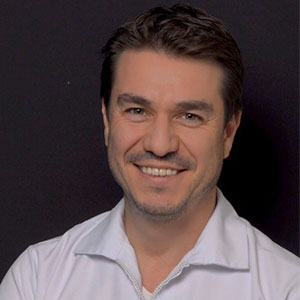
Dr. Cenk Ceylanoglu
Turkey
Update tips and trick in digital photography
Lighting in dental photography
Photography is one of the most populer ways for people to express themselves. Today, Internet and Social Media has changed the communication type from words to images. Dentistry is not far different. we dentists use dental photography in communication, education and marketing. In order to achieve best results in Dental photography, we need special tools and techniques one of which is the Lighting.
Dr. Cenk Ceylanoğlu graduated from Marmara University Faculty of Dentistry. He received his PhD degree at Marmara University department of Orthodontics at 2004. He works in private practice in Istanbul/Turkiye, since 2004. Besides his dental career, Dr. Ceylanoğlu is an award winning underwater photographer. He is the European Champion of Underwater Photography in 2014 and the World category ( WAWM )champion of Underwater Photography in 2017.
Combining two of his passions ; orthodontics and photography; Dr. Ceylanoglu is highly interested in the excellence of dental photography from the perspective of an orthodontist.
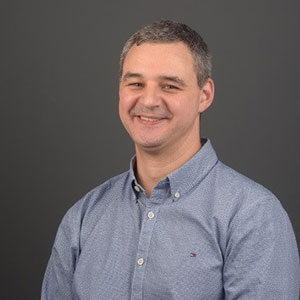
Dr. Christian Samoila
Romania
Change the way you think! TADs and TADs-borne appliances
When more control is demanded, TAD’s have became a useful tool. Orthodontics has been done without skeletal anchorage since beginning. Overdoing it is not our goal. Some cases need to be treated out of the box. Patient centered treatment in modern orthodontics should use TAD born appliances in cases where best results are obtained unlocking possibility to respect patient wishes.
Transverse, vertical and sagittal control is enhanced by TAD born appliances.
Key words: transverse, vertical, sagital, TAD, MSE II, Penn, Beneslider.
Born on: March 16th 1978 in Vrsac, Serbia;
Graduated from the Faculty of Dental Medicine Victor Babes University Timisoara, Romania – class of 1996;
Graduated from the Orthodontic and Dento-Facial Orthopedics Speciality at Victor Babes University Timisoara, Romania – class of 2005;
Learned different orthodontic techniques under the supervision of Dr. Janos Horvath – Budapest, Hungary
Invisalign certification since 2011
Smilelign certification since 2015
Incognito certification since 2017
Assistant at Hands-On Orthodontic Courses (2007 – 2014) organised by Ortoforum – Trainer Dr. Janos Horvath;
Trainer – SmartOrtho Hands-On Orthodontic Courses since 2014
Member and trainer of Learning By Doing Educational Platform since 2018

Dr. Yoav Mazor
Israel
Orthodontic retention in 2020
Retention is an important part of the Orthodontic treatment long term stability.
The presentation will focus on the modern materials and approaches for the optimal retention, accentuating the scientific information behind the new retainer wires, new bonding materials and the driven adequate retention technique.
Dr. Mazor Yoav (Israel, Tel Aviv University 1990).
Lecturer & clinical instructor at the Prosthetic department at the Tel Aviv University.
Specialist in Orthodontics and Dento-facial Orthopedics.
Master in Orthodontics.
Lecturer and clinical instructor at the Orthodontic department, Jerusalen university (Lingual, Orthodontic TAD, Self liagting systems)
Owner & manager of the PRM 3D’s company (2007).
Professional advisor to manufacturers of Orthodontic products.
“Shiba” hospital – management of special need cases: mentally disabled, Ortho-surgery, Cranio-facial disorders & syndromes.
Professional advisor and supervisor at a national health institute- dental health
Lecturer in Orthodontics.
1990 Graduation of the Tel Aviv School of Dentistry, for the DMD degree
1990-2003 Lecturer and Clinical instructor in the Restorative/ Prosthodontic department, Tel- Aviv School of Dentistry
1993-1994 Graduation of the Jerusalem Faculty of Dentistry comprehensive education program in Implantology (Surgical & Prosthetics) (1993-4)
1996-1999 Graduation of the “ORT” academy for the Degree in Architecture & internal design
2000 Graduation of the “Zimmer” (USA) company in advanced surgical & Prosthetic procedures in Implantology
2003 Specialization at the Dental School of Dentistry – Orthodontic Department, for the degree of Specialist in Orthodontics and Master in Orthodontics. (Graduation with Excellence).
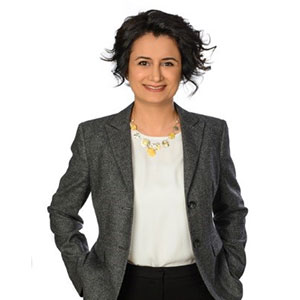
Dr. Berza Sen Yilmaz
Turkey
Progress in non-surgical treatment of Class III
Treatment of patients with skeletal problems demand creative thinking. This presentation will focus on the alternative options for the non-surgical treatment of patients with Class III malocclusion. Special emphasis will be placed on the importance of comprehending fully the diagnosis, following an organized treatment sequence, and developing a rigorous three-dimensional treatment plan taking into consideration the surrounding soft tissue. Based on case reports and research findings, this presentation is destined to improve the clinician’s understanding, to ease the diagnosis and to make an overview of the non-surgical treatment of developing and adult skeletal Class III malocclusion cases.
Berza (SEN) YILMAZ graduated from Marmara University, Faculty of Dentistry in 2007 and received her Ph.D. degree in Orthodontics at the same institution in 2013. Since 2014, she is a specialist, clinical advisor and assistant professor at Bezmialem Vakif University, Department of Orthodontics, in Istanbul-Turkey. She is a lecturer at both under- and post-graduate orthodontic programs.
Dr. Yilmaz is a reviewer for the Turkish Journal of Orthodontics, has authored several scientific articles and has conducted oral presentations at international orthodontic meetings. In 2018, the Turkish Orthodontic Society honored her with the prestigious “best second case presentation; Ayhan Enacar Award”.
She is interested in alternative ways of treating skeletal Class III malocclusion, she specializes in the treatment of both growing and adult Class III malocclusion cases, orthognathic surgery and clinical orthodontics. She is a member of the Turkish Orthodontics Society, European Orthodontic Society, and World Federation of Orthodontists.
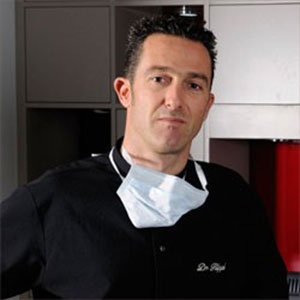
Dr. Raphael Filippi
France
A new mandubular anchorage solution
We will presenting a new mandibular
anchorage solution through clinical cases.
This method is based on a moutain climbing technic.
Thank to a simple osteosynthesis wire, it’s now, possible to obtain a backward
mouvement of the mandibular arch and an important
uprighting of the incisors.
Doctor of Dental Surgery graduated from the faculty of Lyon.
Specialist in Dento-facial orthopedics (CECSMO).
Specialized in adult orthodontics and lingual orthodontics.
Private exercise in Lyon.
Participates in the development of the FKS lingual orthodontic system.
Speaker for the company GC Orthodontics.
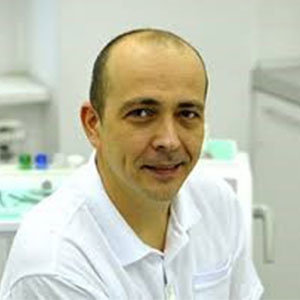
Dr. Aleksandar Gulin
Croatia
Corticotomies in orthodontics: when and how to do it
Today’s orthodontic practice is not driven by professional clinical decisions only, it is also highly influenced by the patient’s different demands. Nowadays internet has enabled a direct access to information, thus enabling the patient to become more easily self-informed and determined in his/her requests. In this poster, presentation of possibilities of combining corticotomy and its RAP phenomenon, TADs and cortical plates, shall be based on real cases with “what if…?” moments, when the patients posed different kinds of demand, such as: What if we try to save this tooth? What if I don’t want to extract my premolars? What if we only help my GP to place implants and prosthetics by segmental orthodontics instead having braces on all teeth? What if we do it by shortening the treatment to 9 (or 3) months, because otherwise I cannot accept it?
In conclusion:
Individualized and patient-oriented approach can end up with more then satisfying, very predictable and faster results, when using corticotomy assisted orthodontics, TAD’s and cortical plates.
Clinical experience of our team work (together with my surgeon) shows that when corticotomies are used together with aPRF (advanced platelet rich fibrin), in average there is 1 out of 10 patients, and even less, that are subjected to antibiotics prescription.
Born on 1969, Šibenik, Croatia
1998 graduated at University of Zagreb, Croatia,
2005 finished Orthodontic 3 years residency at University of Zagreb, Croatia
2011-2019, Private orthodontic practice (owner) Zagreb, Croatia
Since 2019 Stomatološka poliklinika Zagreb, Perkovčeva 3, Zagreb, Croatia
From 1999 already highly interest in Orthodontics, specially interested in RAP and cirticotomy as well as in cortical anchorage, biomechanics and TMD, at the beginning started his continous education by attending AAO symposiums, and later on by attending more specific congresses, symposiums and seminars as well.
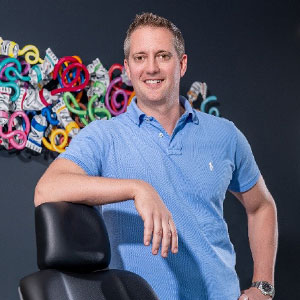
Dr. Mark Geserick
Germany
The digital orthodontic office
The digital technology can be a GPS in designing a standard procedure for the orthodontic office today. Intraoral Scanning and 3D Printing opens new doors for the profesion. Therefore a proper hierarchy of decisions of applications and responsibilities of staff members need to be defined.
A review of the digital workflow with the use of the GET-Prescription in our office will be presented.
Born 03.09.1974
Medical school University of Ulm Germany
Postgraduate (Department of Orthodontics) University of Basel, Switzerland
Master of Laws
Residence
University of Kandy, Sri Lanka
University of Tsurumi, Japan
University of Southern California, USA
Advanced Training
Bioesthic Level I-II
Roth/Williams Postgraduate 2-years (Dr. Domingo Martin & Dr. Rento Cocconi)
Visiting Professor University of Iasi, Rumania 2007-2008
National and international Lectures
Developer and Patent-Holder (2005-2015) of the Bite-Jumping Screw

Dr. Christian Demange
France
In-office printing of aligners: flow and when does it pay off
With the 3D technology, the possibilities of realization of different devices in the orthodontic office are numerous. Especially for aligners, with intra-oral scanners and 3D printers, it is now easy to control the entire flow from the diagnosis to the fabrication of the aligners directly in office.
The aim of this conference is to explain the flow from the 3D scan, the realization of the set-up, the laboratory phases that will allow total control from the beginning to the end. This technology also requires learning for the practitioner and staff training, which will achieve the best possible results.
The advantages and disadvantages of this in-office aligners realization will also be discussed from the practical and economic point of view.
Doctor Christian DEMANGE obtained his certification in dental surgery at the university of Lyon – France in 1983 and his master in orthodontics in 1988. Since 1987, he’s had a private practice in Lyon specially oriented in adult treatments and lingual orthodontics. He was also Professor at the University of Lyon and taught orthodontics for post-graduate students for 15 years. In his Master Thesis, he did an important research concerning torque in normal occlusions. His center of interests and publications are about biomechanics, lingual orthodontics and shape memory alloys. He made a lot of lectures in France and Europe on NiTi alloys, self ligating brackets, Lingual orthodontic technique, and orthodontic 3D technology.
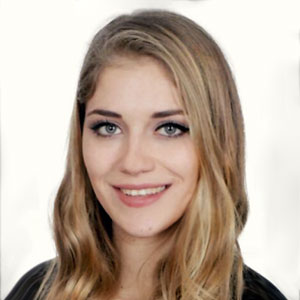
Samira Hohn
Germany
Communicating your work: 4 steps to a perfect presentation
Department of online communication – University of Darmstadt (Germany)
Graphic artist, photographer, social media scientist and founder of the media agency Feelegant AG, Samira Hohn has extensively collaborated with orthodontists for communication and social media.
She is responsible with her company for the online strategy of the GET group.
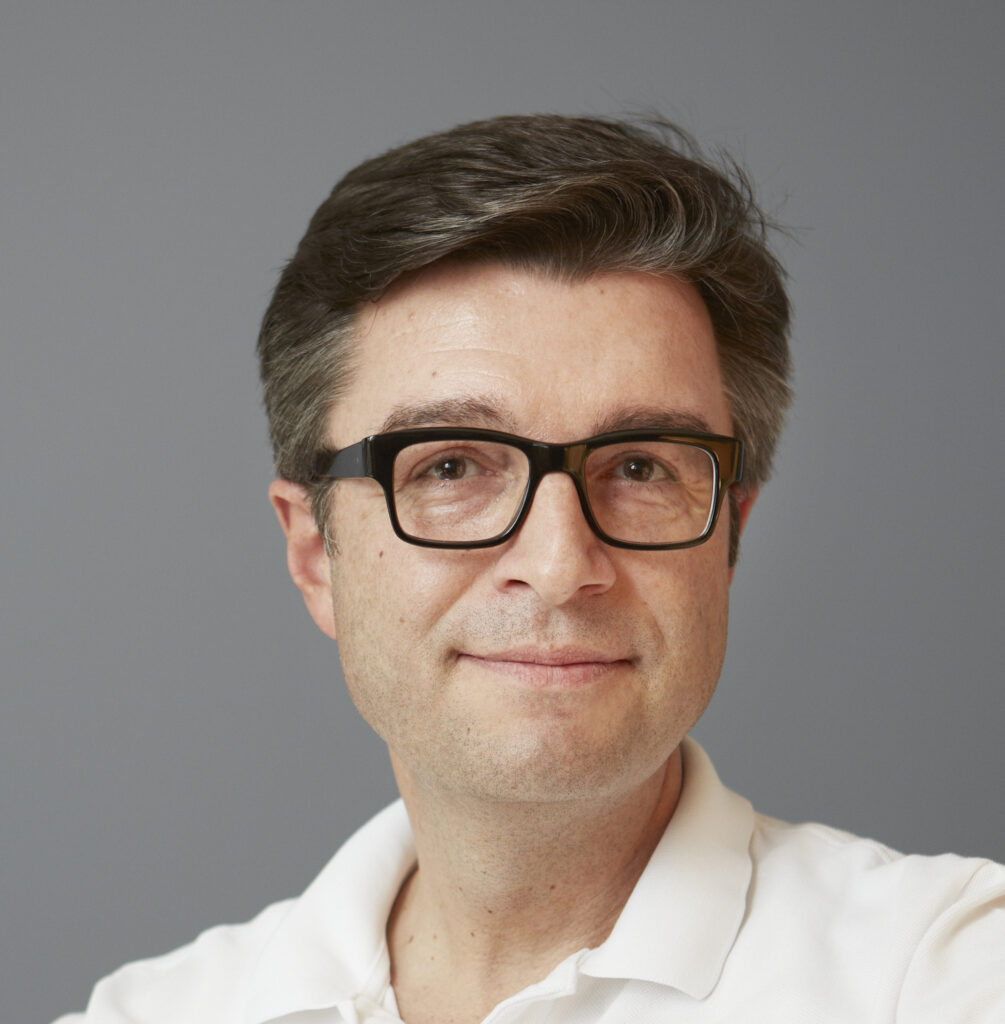
Dr.med.dent. Alessandro Devigus
Switzerland
“Enter Our World”- What Virtual Reality Can Do For Us
Over the past year we have had to adapt to a new situation which has impacted our daily lives, the Corona virus.
Businesses are embracing new technologies which empower their ability to communicate.
Dentist.Camera is pioneering this drive by using an open source, multi user virtual reality system.
We believe that the limitation on travel means we can use these tools as never before.
Lets see how!
Best regards
Alessandro Devigus
Dr.med.dent. Alessandro Devigus born
August 21 1962 in Sardinia (Italy)
1987 Dental School Zurich (Switzerland)
since 1990 in own private practice
CEREC instructor at the Zurich Dental School
Various international courses and lectures on CAD/CAM, Digital technologies
Editor-in-chief of the „International Journal of Esthetic Dentistry“ (Quintessence)
Neue Gruppe (President 2010/11)
Founder of the SGcZ (Swiss Society of computerized Dentistry)
EAED „active member“, ITI Fellow und Speaker
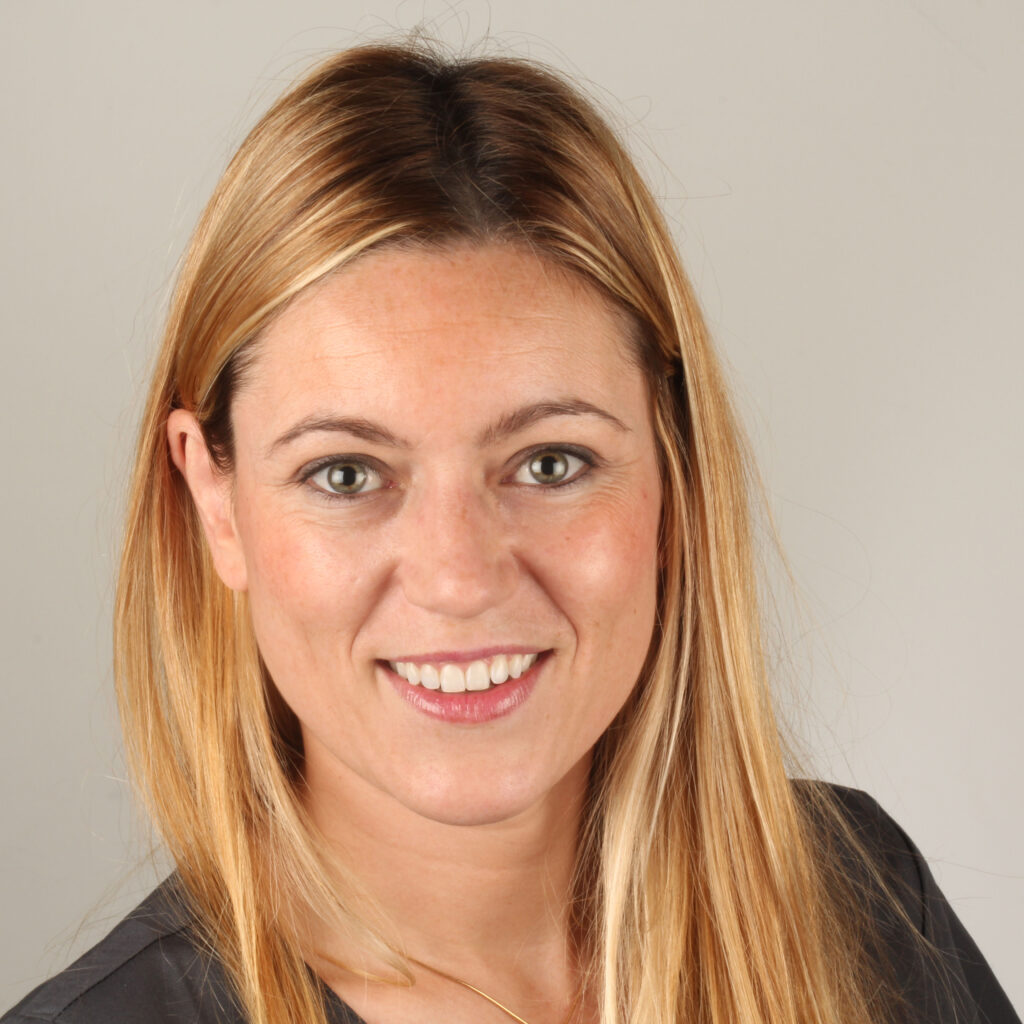
Dr. Julia GarcíaBaeza DMA, MS, PhD.
USA
Orthodontics and Esthetics: The Power of a Smile.
Coming soon…
Dr. Julia Garcia Baeza is graduate of the American Board of Orthodontics and member of the Spanish Society of Orthodontics and American Association of Orthodontics . She received her DMD from the European University of Madrid; and her Certificate in Orthodontics, and Master of Science in Oral Biology from the University of Pennsylvania.
Dr. Julia Garcia Baeza´s is a clinical assistant professor of the Orthosontic´s Department at Mississipi´s Institute of Madrid.
Dr. Julia Garcia Baeza´s research interests are diagnosis, esthetics of the smile and multidisciplinary treatment. She got her PhD in 2007 and teaches orthodontics in different areas of the world (US, Indonesia, Philippines, Mexico, Italy, Rumania, Spain…).
Dr. Garcia Baeza´s devotion for clinical orthodontics and multidisciplinary work has made her to join an outstanding professional dental team in Madrid, in which “Passion for Excellence” is their main goal. She maintains her own orthodontics and multidisciplinary private practice in Madrid.
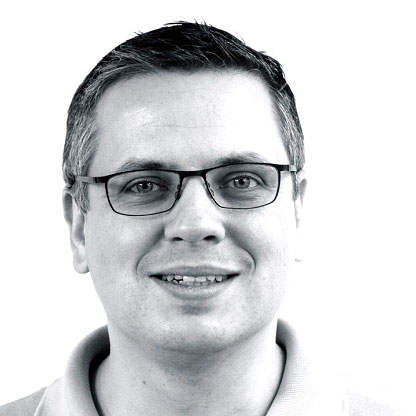
Dr. Oliver Liebl
Germany
The significance of checklists and protocols
An introduction to the topic of increasing efficiency through process optimization in treatment planning and clinical care.
There is often great potential for improvement in everyday treatment planning and clinical patient treatment – the first step is to analyze the status quo.
Standardization through checklists and workflows leads directly to a huge increase in efficiency.
The result is less stress for the doctors, the team and finally – the patient!
After studying dentistry at the Julius Maximilian University in Würzburg, he continued his further post graduate education as an orthodontist in a private practice and at the Friedrich Schiller University in Jena.
He graduated in 2004 and founded his own practice in Wertheim am Main in 2005. For several years now, he has been publishing and speaking about various topics of orthodontics, nationally and internationally.
He focuses on digital orthodontics and efficiency of clinical treatment.
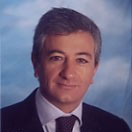
Dr. Raffaele Spena
Italy
Incomplete and ectopic eruption: has anything changed in the past 30 years?
Managing teeth that have deviated eruption pattern is one of the everyday problems that an orthodontist has to deal with. Dental ectopia may be found with any type of malocclusion and may severely complicate the therapy.
This presentation will show how to properly diagnose and locate a problematic tooth, how to define its spatial relationship with the surrounding teeth and structures with both 2d and 3D imaging, how to choose the proper surgical approach (if needed) and select the effective biomechanics to drive all teeth to their proper final position.
Tips on how to handle unexpected therapeutic hitches during disimpactions of teeth will conclude the paper
- DDS at the University of Napoli in 1984
- Specialty in Orthodontics at University of Pennsylvania in 1988.
- Specialty in Orthodontics at University of Ferrara in 2003.
- Speaker at Italian and International courses and meetings
- Author of several publications in Italian and International journals
- Reviewer for Italian and International Journals
- Leader in Italy and Europe for the CCO System
- Atlas book “Il trattamento senza estrazioni” in 1998
- Atlas book “Nonextraction Treatment” in 2002.
- Coauthor chapter “Nonextraction Treatment” in “Orthodontics – Current principles and
techniques” ed. T.M.Graber e R.M.Vanarsdall in 2000 - Updated chapters in 2005, 2011 and 2016 editions of same book
- Coauthor chapter “Surgical Assisted Tooth Movement: Biological Application” in
“Biological Mechanisms of Tooth Movement” 3rd Edition ed. V. Krishnan, Z. Davidovitch
2021 - Adjunct Associate Clinical Professor at University of Pennsylvania from 1988 to 2000.
- Professore a contratto Università di Parma from 1996 to 2000
- Professore a contratto Università di Ferrara since 2003.
- Active member of AIDO (Italian Accademy of Orthodontics), AAO, SIDO, WFO and EOS.
- Scientific secretary of AIDO in 2008-2009
- Past-president of AIDO in 2010
- Active Member of Angle Society of Europe (ASE) since 2005.
- Program Chair of ASE in 2015
- Member of the Scientific Committee of ASE
- Italian Board of Orthodontics in 2001 and European Board of Orthodontics in 2008
- Clinical private office in Napoli

